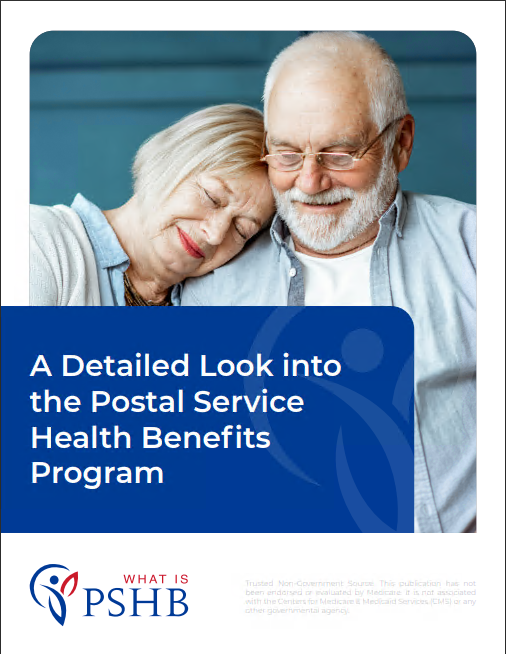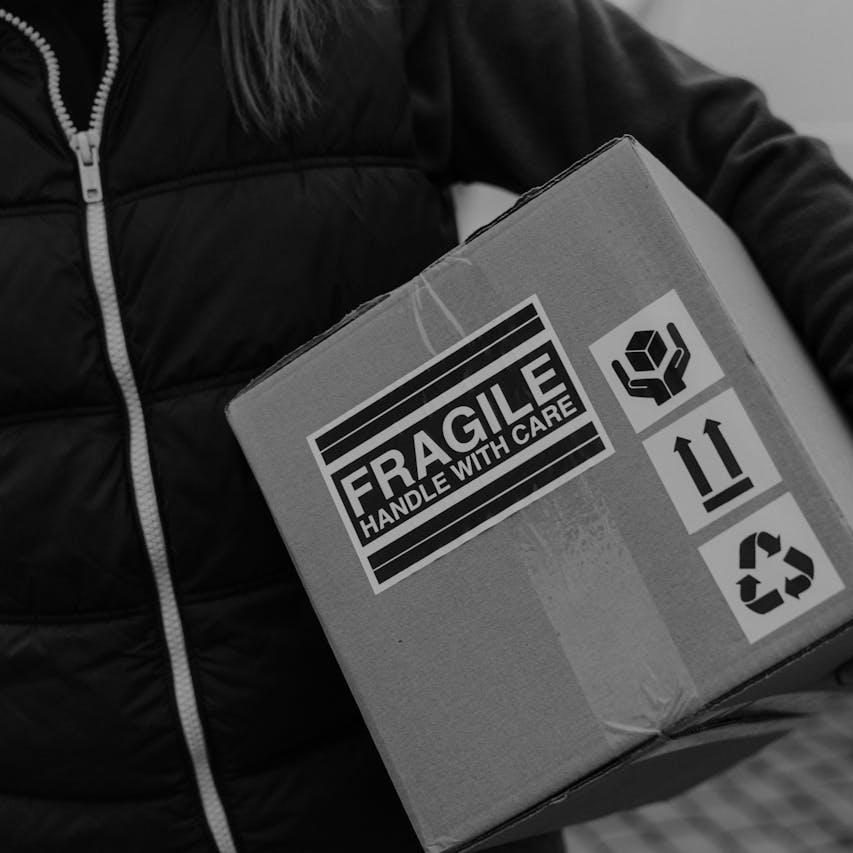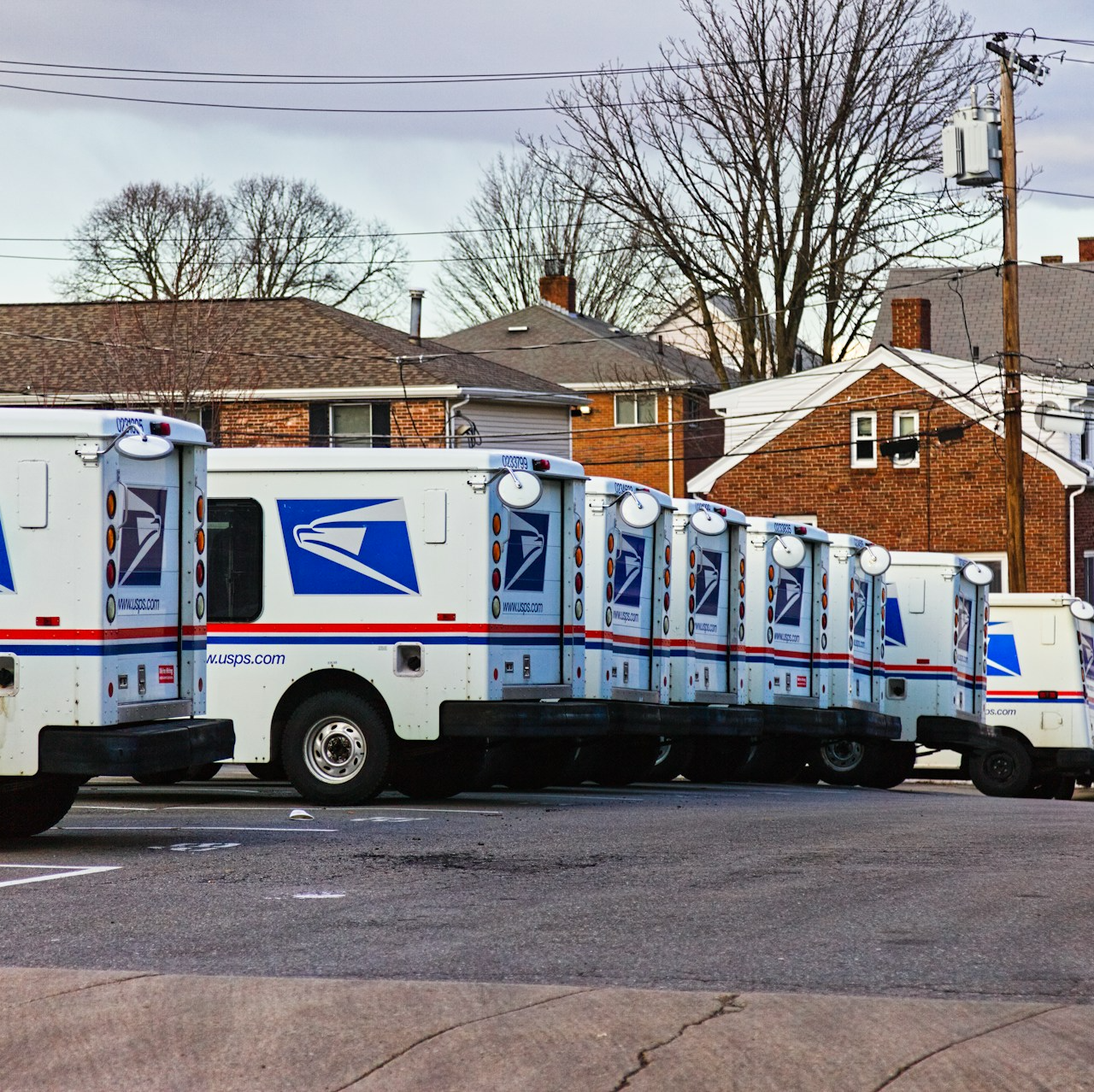Key Takeaways
- The implementation of the Postal Service Health Benefits (PSHB) program in 2025 is set to significantly change health benefits for USPS employees and retirees.
- Understanding the nuances of PSHB is crucial for USPS workers to navigate the transition and ensure they maintain comprehensive healthcare coverage.
What the Future Holds for PSHB: Health Benefits Changes for USPS Workers
The U.S. Postal Service (USPS) is on the brink of a significant transformation in its healthcare benefits, set to take effect in January 2025. This change comes as part of the Postal Service Reform Act (PSRA) of 2022, which introduces the Postal Service Health Benefits (PSHB) program. The PSHB will replace the Federal Employees Health Benefits (FEHB) program for USPS workers, introducing a new landscape of health benefits specifically tailored to the needs of postal employees and retirees. As the 2025 implementation date approaches, it is essential for USPS workers to understand what this shift means for their health coverage, how it will impact their benefits, and what steps they need to take to prepare for the transition.
What is the Postal Service Health Benefits (PSHB) Program?
The Postal Service Health Benefits (PSHB) program is a new healthcare benefits system created exclusively for USPS employees, retirees, and their families. Established under the Postal Service Reform Act of 2022, the PSHB aims to address the specific healthcare needs of postal workers, while also helping the USPS manage its long-term financial obligations related to employee health benefits.
This program marks a significant shift from the Federal Employees Health Benefits (FEHB) program, which has long served as the primary health insurance provider for USPS employees. Under the PSHB, USPS workers will still have access to health insurance plans, but these plans will be separate from those offered to other federal employees. The creation of the PSHB was driven by the need to stabilize the USPS’s finances, reduce its healthcare costs, and offer plans that are more closely aligned with the unique needs of postal employees.
Why Was the PSHB Created?
The inception of the PSHB program is rooted in the financial challenges that the USPS has faced over the past few decades. The USPS has been burdened with substantial healthcare liabilities, primarily due to the requirement to pre-fund retiree health benefits. This requirement, unique to the USPS, has contributed to significant financial strain, leading to the need for a new approach to managing these obligations.
The Postal Service Reform Act of 2022 addressed these challenges by creating the PSHB program, which is designed to better manage healthcare costs and liabilities for the USPS. By establishing a separate health benefits program specifically for postal employees, the PSHB aims to provide coverage that is more closely tailored to their needs while also potentially reducing the overall cost burden on the USPS.
How Will PSHB Impact Current USPS Employees?
For current USPS employees, the shift to the PSHB program will mean transitioning from the FEHB to new PSHB-specific plans. This transition is expected to bring about several changes in terms of plan options, coverage, and costs. However, it is important to note that the PSHB program is designed to ensure that USPS employees continue to have access to comprehensive health coverage.
Employees will need to carefully review the new plan options available under the PSHB to choose the one that best fits their needs. It is anticipated that the PSHB plans will offer similar levels of coverage to those currently available under the FEHB, but with some differences tailored to the USPS workforce. These differences may include modifications in premium structures, out-of-pocket costs, and coverage specifics, all of which are designed to better align with the health needs and financial realities of postal workers.
What Does the PSHB Mean for Retirees?
The impact of the PSHB on USPS retirees is a critical consideration, particularly for those who have relied on the FEHB program for their healthcare coverage. One of the most significant changes under the PSHB is the requirement for Medicare integration. Starting in 2025, most USPS retirees will be required to enroll in Medicare Parts A and B once they become eligible. This integration is intended to ensure that retirees have access to comprehensive healthcare coverage while also helping to reduce the overall cost burden on the PSHB program.
Retirees who are already enrolled in Medicare Parts A and B will continue to have their benefits coordinated with the new PSHB plans, similar to how the FEHB plans currently coordinate with Medicare. However, those who have not yet enrolled in Medicare may need to do so to maintain their health coverage under the PSHB. This requirement is a significant change from the current system, where some retirees could opt out of Medicare Part B without losing their FEHB coverage.
It is crucial for retirees to understand the implications of this change and to take the necessary steps to ensure they are enrolled in Medicare Parts A and B if required. Failure to enroll could result in a loss of health coverage under the PSHB, making it essential for retirees to be proactive in managing their healthcare benefits as the 2025 implementation date approaches.
How Will the Transition to PSHB Affect Coverage Options?
As USPS employees and retirees transition to the PSHB program, there will be a new set of health plan options available. These options are expected to be similar in scope to the current FEHB plans but with adjustments tailored to the USPS population. The new plans will likely include a range of coverage options, from high-deductible health plans (HDHPs) to more comprehensive plans with lower out-of-pocket costs.
One of the goals of the PSHB is to offer plans that provide high-quality coverage while also being financially sustainable for both employees and the USPS. This could result in a shift in the types of plans offered, with an emphasis on preventive care, wellness programs, and cost-effective healthcare services. Additionally, the PSHB may introduce new features designed to address the specific health needs of postal workers, such as programs focused on musculoskeletal health or mental health support, which are critical areas of concern for many USPS employees.
What Steps Should USPS Employees and Retirees Take to Prepare?
As the implementation of the PSHB program approaches, it is essential for USPS employees and retirees to take proactive steps to prepare for the transition. Understanding the changes that will occur and how they will impact individual health coverage is key to ensuring a smooth transition.
-
Review Current Coverage: USPS employees and retirees should start by reviewing their current FEHB coverage and comparing it to the anticipated options under the PSHB. This will help them understand what changes may be necessary and identify any gaps in coverage that need to be addressed.
-
Consider Medicare Enrollment: For retirees, ensuring that they are enrolled in Medicare Parts A and B is crucial. Those who are not yet enrolled should begin the process as soon as possible to avoid any potential disruptions in coverage.
-
Stay Informed: USPS employees and retirees should stay informed about the latest developments regarding the PSHB program. This includes attending informational sessions, reading official USPS communications, and consulting with licensed insurance agents who specialize in federal employee benefits.
-
Evaluate Health Needs: It is important for individuals to assess their health needs and consider how the new PSHB plans will meet those needs. This may involve evaluating the coverage of specific services, such as prescription drugs, specialist care, or mental health services, which are vital for many USPS employees and retirees.
-
Plan Ahead: Finally, planning ahead is critical. This includes setting aside time to review and select a new health plan, budgeting for any potential changes in out-of-pocket costs, and ensuring that all necessary paperwork is completed before the transition occurs.
Navigating the Transition Successfully
The transition to the PSHB program represents a significant change for USPS employees and retirees, but with careful planning and proactive steps, individuals can successfully navigate this shift. By understanding the new program’s requirements, reviewing coverage options, and staying informed about the latest developments, USPS workers and retirees can ensure they maintain access to the healthcare coverage they need.
It is also essential for USPS employees and retirees to take advantage of the resources available to them, including consulting with licensed insurance agents who can provide guidance on selecting the best plan under the PSHB. These agents are equipped to help individuals understand their options and make informed decisions about their health coverage.
Contact Information:
Email: [email protected]
Phone: 6195558901












